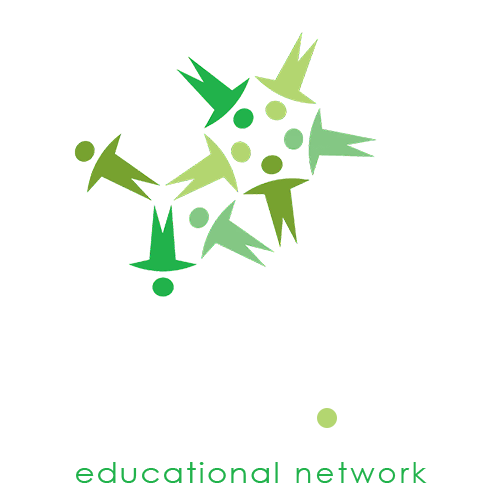Horses and humans have together shaped centuries of civilization. Horses have pulled carriages and carts, and served in wars. Their images are painted inside ancient caves, representing spiritual connections that continue today. Many see horses as man’s ultimate companion.
When horses arrived in their territory, the Peigan people called them ‘big dogs’. They quickly became powerful symbols of wealth, in addition to enhancing hunting activities and serving as a source of recreation. Now that horses were in the picture, domesticated dogs would no longer haul heavy tee pees and other supplies. 1
The Blackfoot people – who were inspired by dogs and wolves to hunt in packs – referred to their horses as Ponokaomitai-ksi, or elk dogs. Sharing the same belief as most First Nations people, horses were – and remain today, a revered part of life. Horse medicine was seen as the most powerful medicine among the Blackfoot, and the Horse Dance their most important ceremony. 2
Wild horses, however, share a history that’s not as intertwined with humans, and some experts say they couldn’t be more different than the horses most people know. Read on to find out how the horse evolved, and how wild horses, specifically, came to be.
 A Galileo Educational Network Site
A Galileo Educational Network Site






